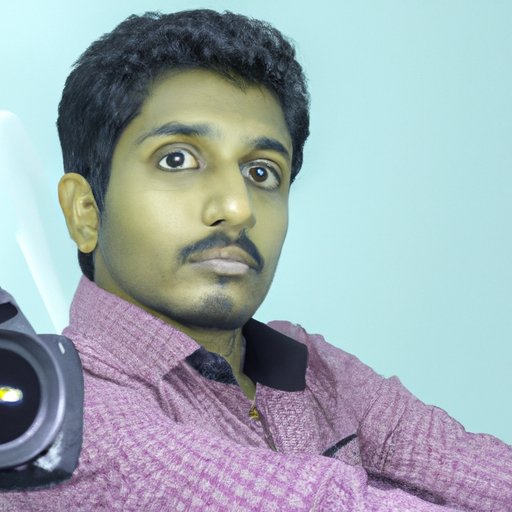The Art of Taking a Good Selfie: Mastering Lighting, Angles, Backgrounds, Posing, Facial Expressions, Editing, and Confidence
Selfies have become a modern-day staple in the world of photography. Whether you’re capturing moments in your daily life or trying to show off your best self, taking a good selfie requires skill and knowledge. In this article, we’ll explore the various aspects of what it takes to take a great selfie, including lighting, camera angles, background, posing, facial expressions, editing, and confidence. So, grab your phone and let’s get started!
Importance of Good Lighting
Good lighting is the foundation of a great selfie. Without proper lighting, your picture can turn out dark, blurry, or unflattering. Natural light is the best option for taking selfies. Try standing by a window or taking pictures outside during the day. Artificial light sources, such as lamps or overhead lights, can give off harsh shadows and yellow tint. If you must use artificial lighting, make sure it’s in front of you to avoid casting unflattering shadows.
Another important aspect of lighting is avoiding backlit photos. This happens when the light source is directly behind you, making your face appear dark and underexposed. Instead, position yourself facing the light source and let the light illuminate your features.
Camera Angles
Camera angles can drastically change the way you look in a selfie. Experimenting with different angles can help you find the most flattering approach for your face.
For example, holding your camera higher than your face and tilting your chin slightly upwards can elongate your neck and make your face appear slimmer. Conversely, holding your camera lower than your face and tilting your chin downwards can create a dramatic effect.
Another approach is turning your face slightly to the side. This can add dimension to your features and prevent the photo from looking flat.
Background
Choosing the right background for your selfie can make a big difference. A cluttered or unattractive background can detract from the aesthetic of your photo and draw attention away from your face.
When picking a background, look for a clean and simple spot that complements the look you’re going for. This can be a solid-colored wall, a scenic view, or a textured surface. Make sure the background isn’t too busy or distracting, so it doesn’t take away from the focus of the photo: you!
Posing Tips
When it comes to posing in a selfie, there’s no one right way to do it. However, there are some tips and tricks you can use to flatter your features.
To make your eyes appear larger and brighter, look directly at the camera and raise your eyebrows slightly. For a more natural look, try looking away from the camera or closing your eyes slightly.
If you’re trying to showcase your hair, turn your head slightly to the side or run your fingers through your locks. To show off your outfit, stand at a slight angle and elongate your neck.
Facial Expressions
Facial expressions can add personality and life to your selfie. However, it’s essential not to overdo it. Natural-looking expressions are much more attractive than over-the-top poses.
A smile is always a safe option, but it’s helpful to mix it up. Try giving a flirty look, a subtle smirk, or a relaxed grin. Depending on the mood you’re going for, different facial expressions can create various effects.
Editing
Editing can be a useful tool for perfecting your selfie, but it’s essential to use it sparingly. Over-editing can make your photo look unrealistic and take away from the natural beauty of the image.
If you’re using filters, make sure they’re appropriate and enhance the photo rather than change it completely. When using editing apps, start with the basics, such as adjusting brightness, contrast, and sharpness.
Remember, the goal is to enhance your selfie, not create a brand-new image. Don’t rely on editing to fix everything, but rather to add a subtle touch.
Confidence
Confidence is the key to taking a great selfie. When you’re comfortable and confident in yourself, it shows in the way you present yourself on camera.
If you struggle with self-confidence, try experimenting with different angles, poses, and expressions. It can help you find what works best for you and build up your self-esteem.
Conclusion
Taking a good selfie is a skill that requires practice and attention to detail. By focusing on lighting, camera angles, background, posing, facial expressions, editing, and confidence, you can take your selfie game to the next level.
